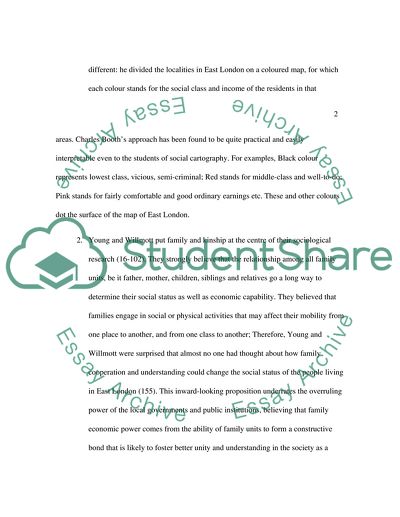Cite this document
(Poverty Map: East London Assignment Example | Topics and Well Written Essays - 2250 words, n.d.)
Poverty Map: East London Assignment Example | Topics and Well Written Essays - 2250 words. Retrieved from https://studentshare.org/sociology/1734140-researching-east-london
Poverty Map: East London Assignment Example | Topics and Well Written Essays - 2250 words. Retrieved from https://studentshare.org/sociology/1734140-researching-east-london
(Poverty Map: East London Assignment Example | Topics and Well Written Essays - 2250 Words)
Poverty Map: East London Assignment Example | Topics and Well Written Essays - 2250 Words. https://studentshare.org/sociology/1734140-researching-east-london.
Poverty Map: East London Assignment Example | Topics and Well Written Essays - 2250 Words. https://studentshare.org/sociology/1734140-researching-east-london.
“Poverty Map: East London Assignment Example | Topics and Well Written Essays - 2250 Words”, n.d. https://studentshare.org/sociology/1734140-researching-east-london.


